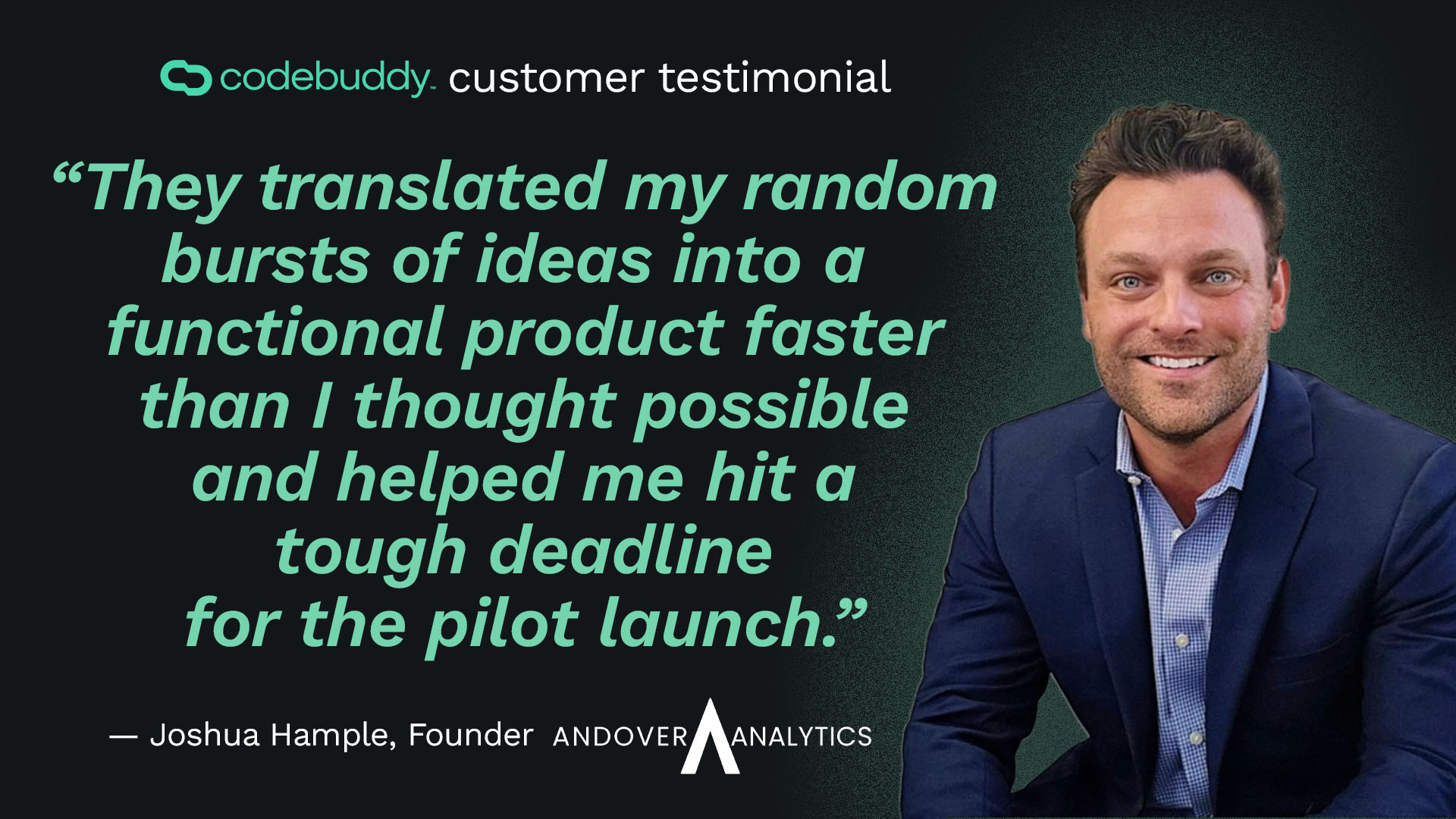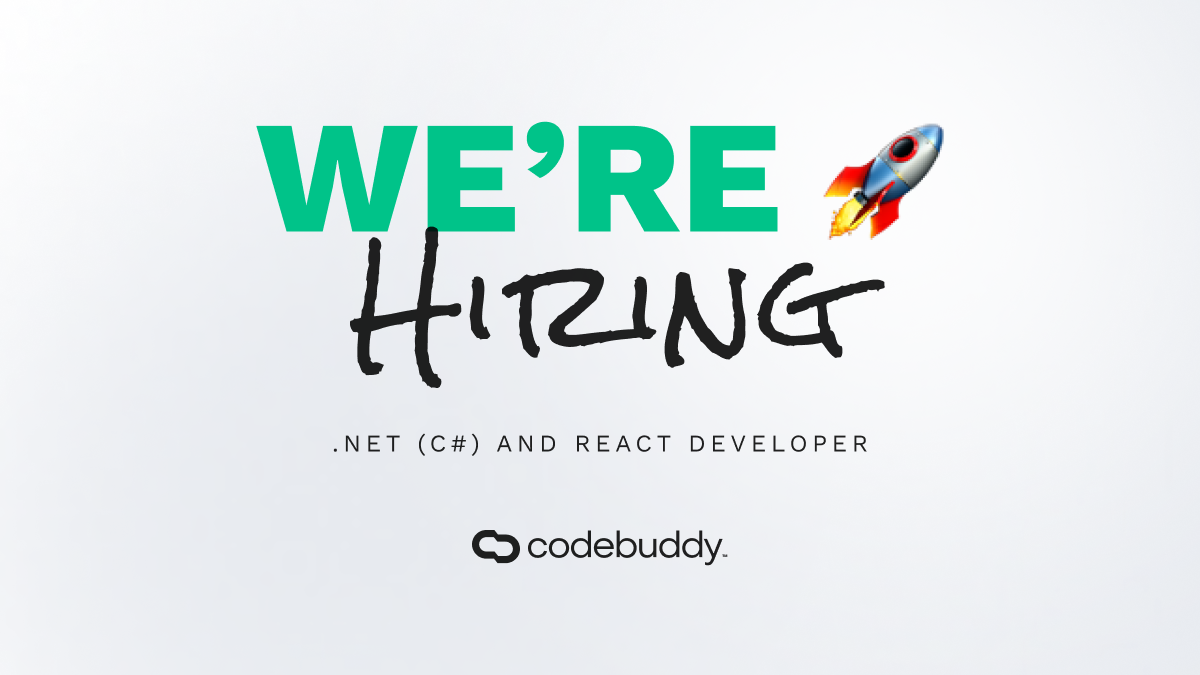
The Three Modes of AI Interaction
1. Subordinate: The Task Executor
In this mode, AI acts as a subordinate, handling well-defined, repetitive tasks that you could do yourself but prefer to offload. This is akin to asking an intern to complete a straightforward assignment.
Characteristics:
- Well-defined tasks: You know exactly what you want.
- Short interactions: Quick, one-off tasks.
- Low leverage: Tasks that are simple but time-consuming.
Example: Fixing Namespaces in Code
When generating code, AI might mess up namespaces—a statement at the top of a code file indicating its place in the code solution. You can ask the AI to fix these namespaces, a task it can perform quickly and accurately.
2. Partnership: The Collaborator
Here, AI serves as a partner, working alongside you to brainstorm ideas, refine content, or solve problems. This mode is more interactive and involves a back-and-forth exchange.
Characteristics:
- Collaborative tasks: Requires input and feedback.
- Interactive: Involves multiple rounds of communication.
- Medium leverage: Tasks that benefit from shared intellectual effort.
Example: Content Creation
When creating content, you can ask the AI to help brainstorm ideas or refine drafts. Importantly, you should allow the AI to ask clarifying questions to better understand your needs.
3. Mentor: The Advisor
In this mode, AI acts as a mentor, providing high-level advice or generating new ideas. This is the most complex interaction and can be hit or miss depending on the task and the AI's training data.
Characteristics:
- High-level tasks: Requires deep understanding and expertise.
- Consultative: AI provides guidance and advice.
- High leverage: Tasks that can significantly impact outcomes.
Example: Strategic Planning
You might ask the AI to generate a strategic plan for a new project. While it can offer valuable insights, it's crucial to verify its advice against other sources.
Optimizing AI Interactions
Context is Key
Providing the right amount of context is crucial for effective AI interactions. Too little information can lead to generic results, while too much can overwhelm the AI.Tips:
- Be specific: Clearly define the task and provide relevant details.
- Use examples: Show the AI how similar tasks have been handled.
- Iterate: Start with a broad context and narrow it down as needed.
Plan Before Execution
Before diving into a task, ask the AI to outline a high-level plan. This approach ensures that both you and the AI are aligned on the objectives and methods.Example:For a coding task, ask the AI to first generate an ASCII art mock-up of the component before writing any code. This allows you to make adjustments early in the process.
Conclusion
Understanding and leveraging the different modes of AI interaction can transform how you work, making you more efficient and innovative. Whether you're using AI as a subordinate, a partner, or a mentor, the key is to provide the right context and plan your interactions thoughtfully.Call to Action:Are you ready to unlock the full potential of AI in your workflow? Start by identifying tasks that can benefit from AI interaction and experiment with different modes. Share your experiences and tips with us—let's learn and grow together in this exciting AI-driven landscape. By adopting these strategies, you can make the most out of AI tools, ensuring that they serve as valuable assets in your journey toward greater productivity and innovation.



